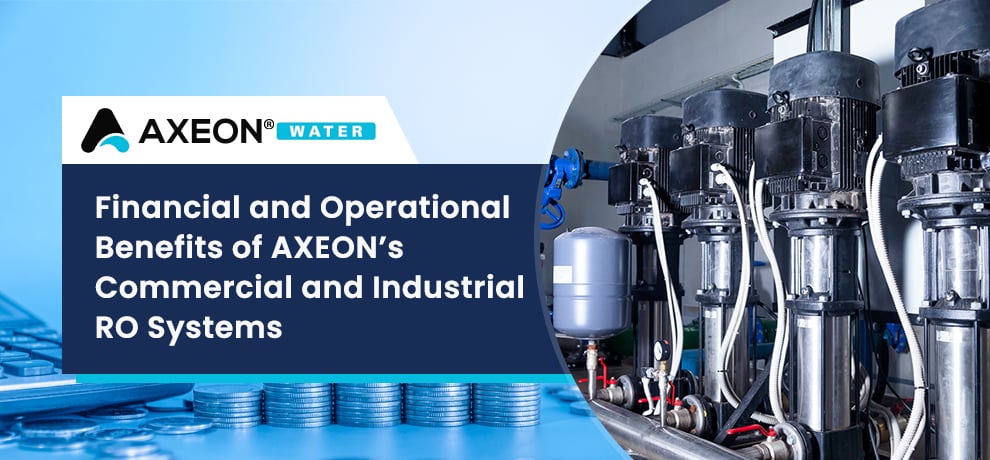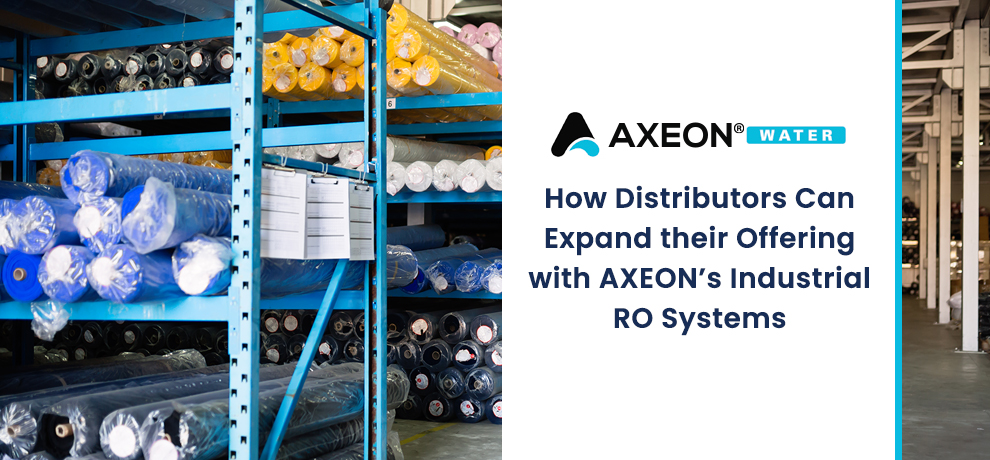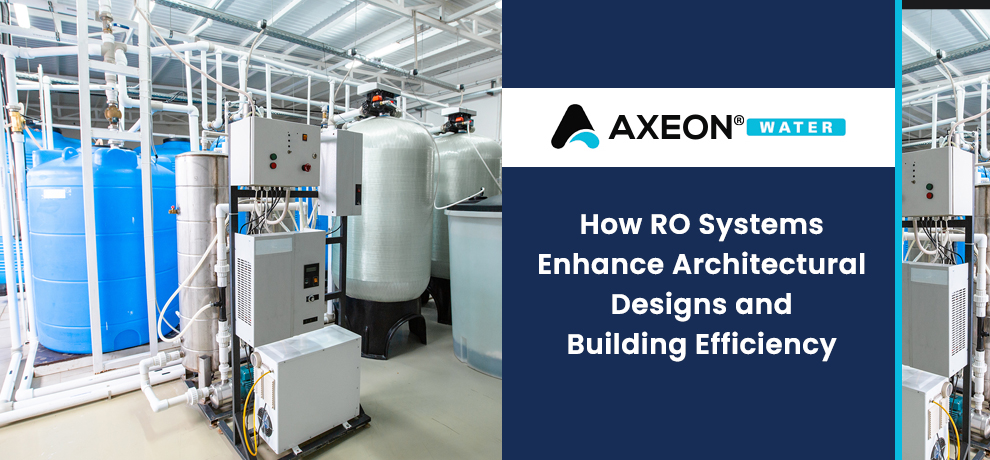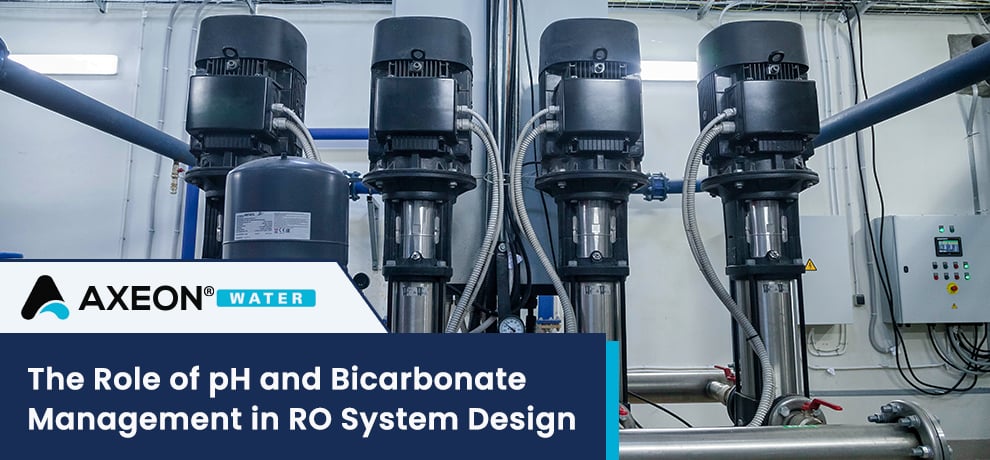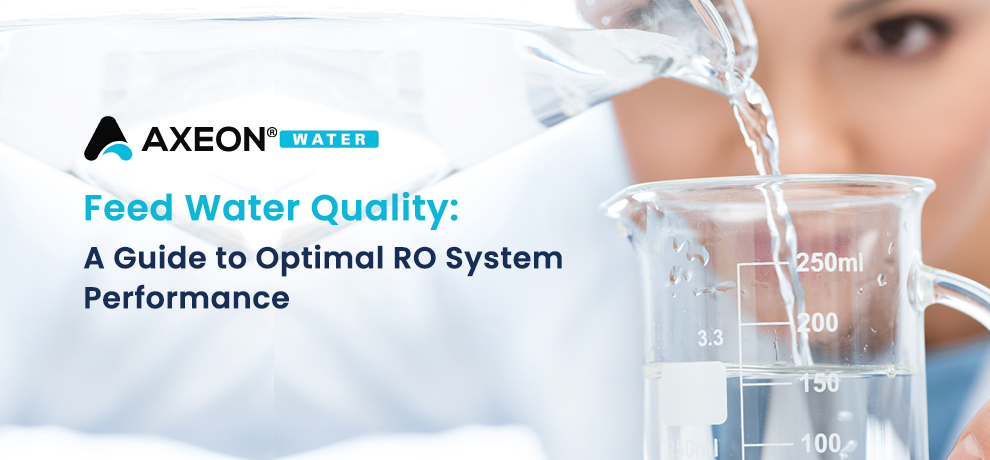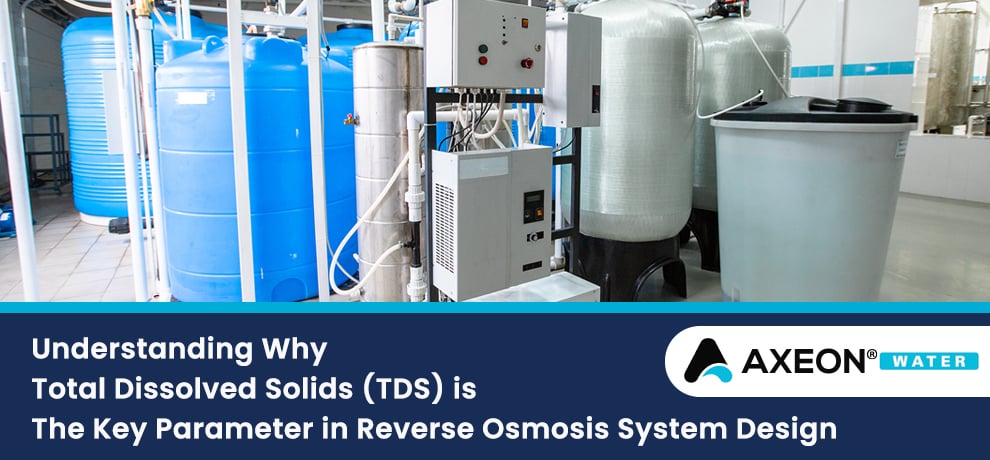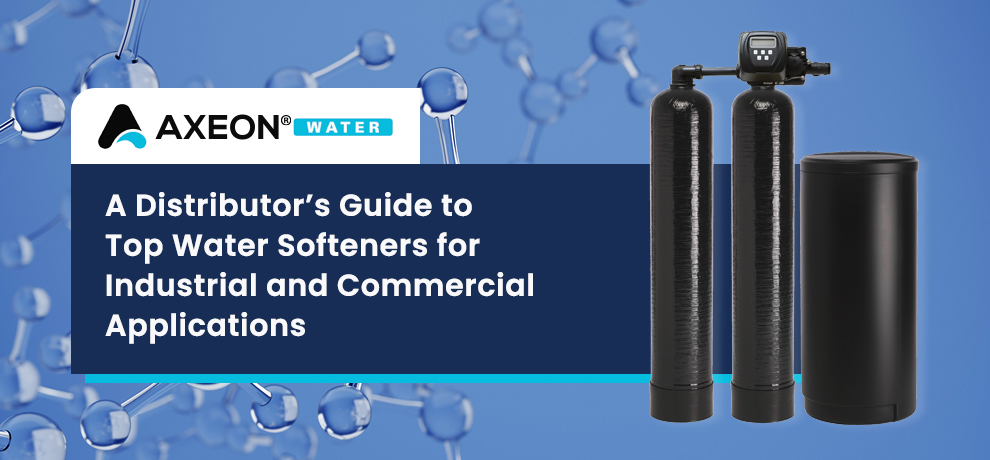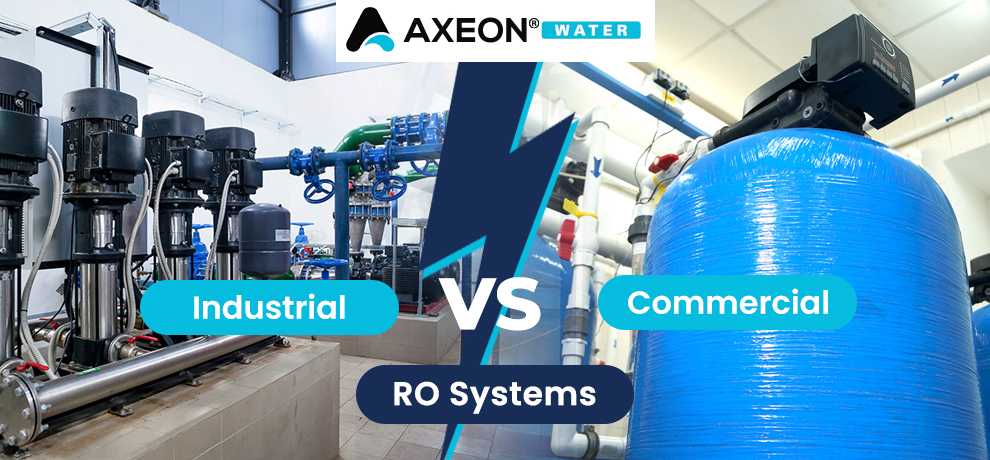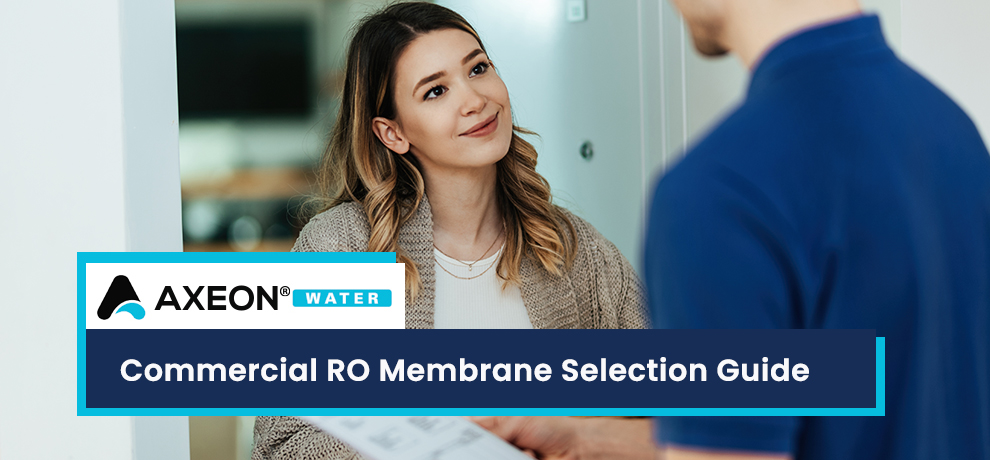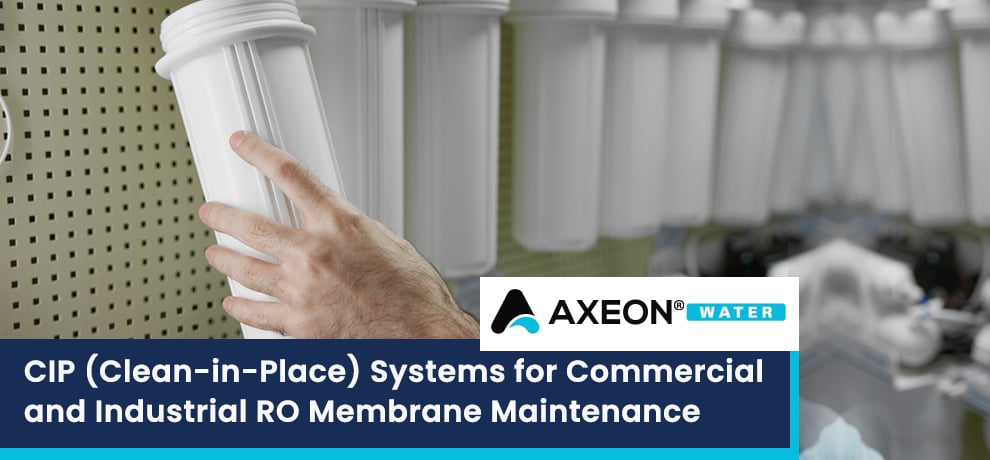Financial and Operational Benefits of AXEON’s Commercial and Industrial RO Systems
Reverse osmosis (RO) technology plays a pivotal role in addressing global water challenges by providing high-quality water for various industrial and commercial applications. This advanced water purification process utilizes a semi-permeable membrane to remove impurities, ensuring clean and safe water for diverse needs, such as manufacturing, food production, and healthcare. As industries increasingly prioritize sustainability […]
Learn More

